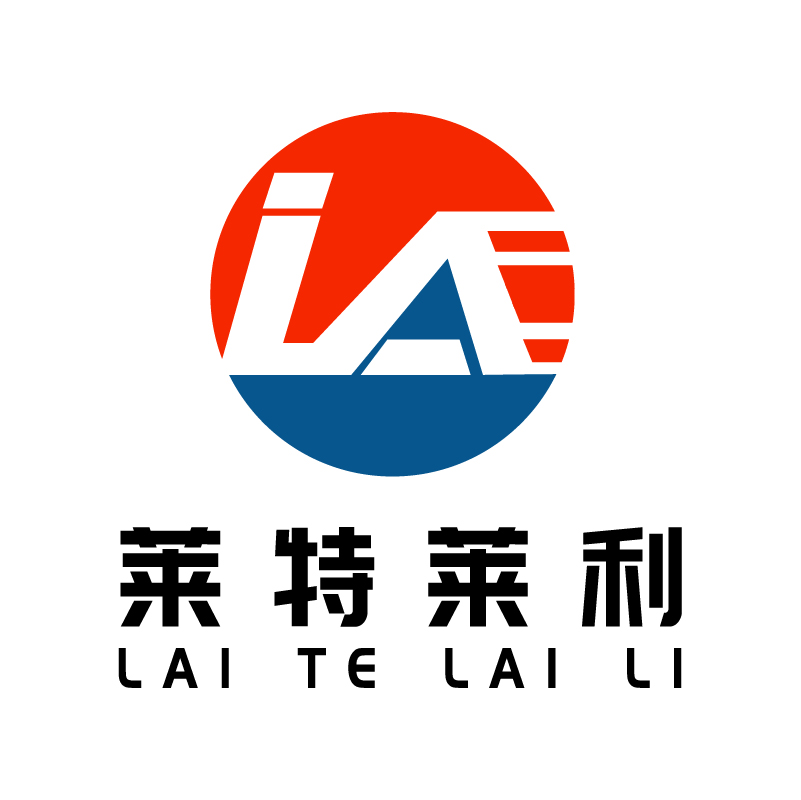What are the quality testing standards for BOPP thermal synthetic paper?
The quality inspection standard of BOPP thermal synthetic paper usually involves many aspects to ensure that it meets the requirements of industrial production and use. The following are some of the main quality inspection criteria:
1. Appearance inspection
Clarity: Check whether the pattern and text on the BOPP thermal synthetic paper are clear, and there should be no blurring, gaying and other phenomena.
Flatness: The surface of the paper should be flat and smooth, without bumps, depressions, wrinkles and other defects.
Color uniformity: The paper color should be uniform, there should be no obvious color difference or spots.
Edge uniformity: The edge of the paper should be cut neatly, without rough edges, damage and other phenomena.
2. Size deviation
Length and width: Measure the length and width of the paper to ensure that it meets the design requirements, allowing a certain error range, but usually not more than ±1mm or ±2mm (depending on the standard).
Thickness: Use a paper thickness meter to determine the thickness of the sample to ensure that it meets the design requirements, and the error range is generally not more than ±5%.
3. Physical performance testing
Tensile strength: The tensile strength of the paper is measured by the tensile testing machine to assess its ability to withstand external forces.
Elongation at break: Measures the elongation of paper when it breaks during stretching to assess its flexibility and plasticity.
Wear resistance: The paper is tested by friction testing machine to evaluate its wear resistance.
Chemical resistance: Use chemical agents (such as alcohol, acetic acid, etc.) to wipe the surface of the paper, observe its changes, and evaluate its chemical corrosion resistance.
4. Thermal performance detection
Thermal sensitivity: Heat the paper at different temperatures, observe and record its color rendering effect, and evaluate whether its thermal sensitivity meets the requirements.
Color development density: The optical density of the color development region is measured using a spectrophotometer to evaluate the uniformity and stability of its color development effect.
Preservation: The paper is placed under a specific environment (such as high temperature and humidity, ultraviolet light, etc.) for accelerated aging test to evaluate the durability of its color rendering effect.
5. Environmental protection and safety testing
Chemical composition analysis: The chemical composition of the paper is tested and analyzed to ensure that it does not contain harmful substances (such as bisphenol A, etc.).
Environmental performance test: Evaluate the paper's environmental performance such as degradability and biotoxicity to ensure that it will not cause pollution to the environment.
6. Specific standard reference
Although there is currently no single quality test standard specifically for BOPP thermal synthetic paper, the following relevant standards can be referred to:
GB/T 10003-2008 "General purpose bidirectional tensile polypropylene (BOPP) film" : This standard is suitable for general purpose BOPP film, although not completely for thermal synthetic paper, but some of the physical properties of the test methods (such as tensile strength, elongation at break, etc.) for reference.
Industry standards or corporate standards: Many industries or companies will develop internal quality testing standards according to their own needs, which may be more specific and stringent.
Please note that the above standards may vary by region, industry or specific product. In practical application, appropriate testing standards and methods should be selected according to specific circumstances.



